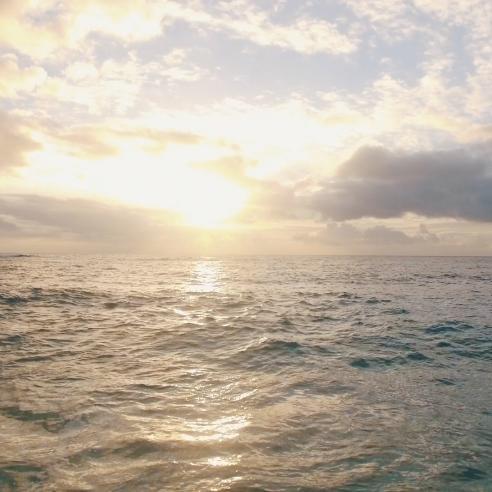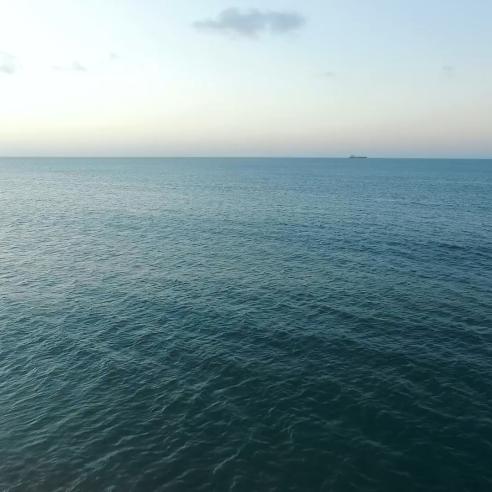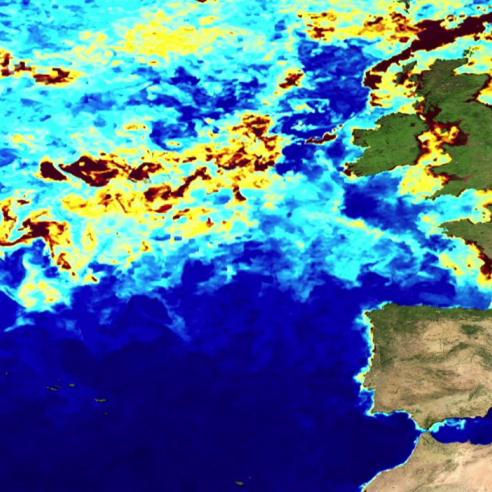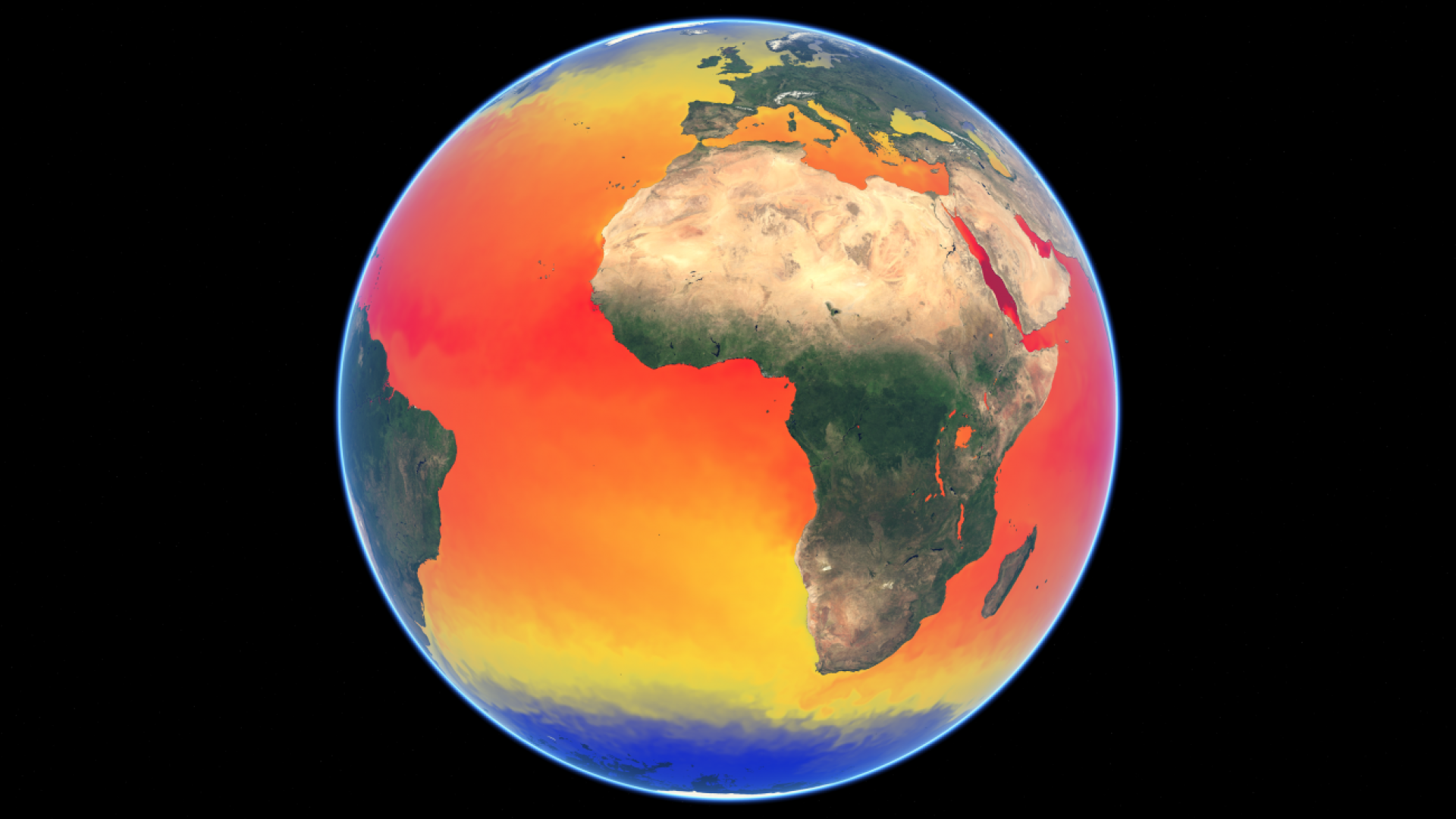
The latest Sentinel-3 validation results
The journey for Copernicus ocean product quality from Sentinel-3A launch to operations.

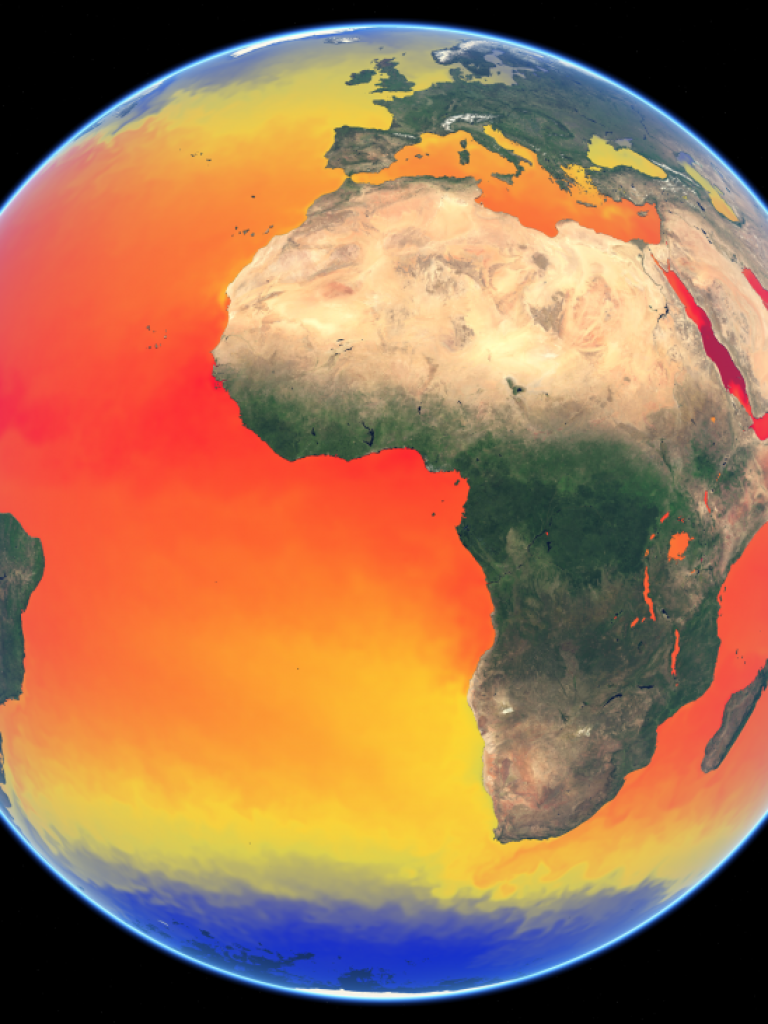
The Sentinel-3 Validation Team met recently at the European Space Agency in Frascati to discuss the quality of Copernicus ocean colour, altimetry, sea surface temperature (SST) and land cover products.
01 November 2023
03 March 2017
Here are some highlights of progress towards the upcoming operational sea surface temperature level-2 data release.
The Copernicus Sentinel-3A satellite has now been in orbit for just over a year, in what has been a very busy year for all those involved with commissioning of the satellite and preparing for the operational releases of data to users. Many teams throughout Europe have been collaborating together, over an intensive period of time, to ensure the best possible quality data are delivered.
On 15 – 17 February 2017 the Sentinel-3 Validation team met together at the European Space Agency in Frascati, Italy, to discuss the latest validation results covering sea surface temperature, ocean colour, altimetry and land products and applications. The forum provides a way for expert users, not only within Europe, but worldwide, to contribute and help improve the products and reach a consensus on the next course of actions.

The scientists of the surface temperature group presented a wide range of experiences with the sea surface temperature observations from the Sea and Land Surface Temperature Radiometer (SLSTR) on board Sentinel-3A. SLSTR level-1 data was widely released from November 2016. Initial validation of SLSTR level-1 data compared to Metop-IASI show the SLSTR instrument is performing well.
Work is in progress towards the release of the sea surface temperature product from SLSTR, and contributions from the validation team are important input to this process. The surface temperature presentations from the validation team ranged from comparisons with in situ data such as drifting buoy SST, Argo and ship-borne radiometers, to experiences with looking at SLSTR SSTs over high temperature gradient regions and for the Arctic. Participants from the Copernicus Marine Environment Monitoring Service (CMEMS) explained their first tests and experiments with SLSTR SST in their further applications and regional analysis products.
Over the course of a satellite commissioning phase, and for Sentinel-3 following ramp up to full operations, the quality of the products is gradually increased. Various upgrades in software, algorithm adjustments and auxiliary data files are introduced to the processing schemes. Geometric calibration (pixel location) and radiometric calibration (accuracy of radiances and brightness temperatures) are all improved. Many of these activities need first of all data from Sentinel-3 to be able to investigate and provide the improvements, so it is a process that takes some time and involves many teams with different specialisms.
Examples of this improvement process are shown in the time-series of mean and standard deviations of SLSTR SST compared to the Met Office Operational Sea Surface Temperature and Sea Ice Analysis (OSTIA).
The green SLSTR line shows the Near Real Time SST, or SST processed at the time. The most obvious improvement occurred in December 2016 when an improved cloud screening scheme was applied. It is important to screen infrared satellite data for cloud in the field of view, otherwise the measurement will not represent the surface temperature.
Inclusion of other satellite SST data, such as from Metop-B AVHRR and Metop-B IASI, mean we can easily see when we are approaching the expected SST quality. Other jumps in the SLSTR time-series can be observed in July and October 2016 when instrument anomalies on SLSTR occurred.

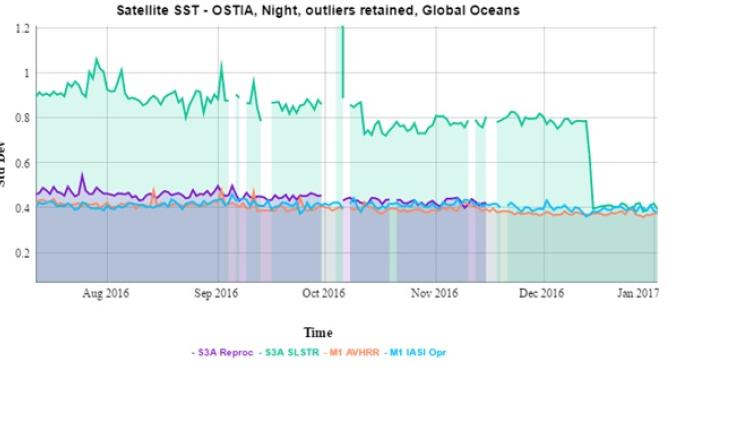
A reprocessing of SLSTR data was recently carried out for the period July to November 2016, so that the Sentinel-3 validation team could assess the most recent upgrades in product quality. The purple line represents these SLSTR reprocessed SSTs. The improvements in the SST product quality for the reprocessed data are very obvious, however, further upgrades and improvements are in progress over the next 2 months.
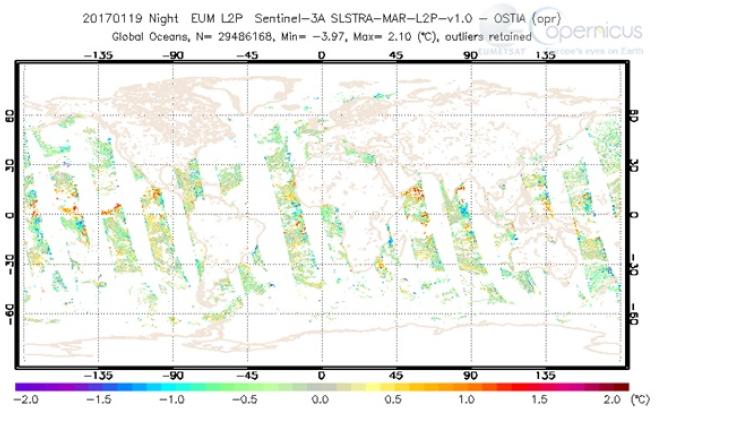

Also, by looking at global maps and histograms of differences of SSTs against reference data, we look for other characteristics of the products, such as effects of aerosols, across track biases, and cloud-screening issues. Once we have identified the behaviours, we can work to find solutions for improvement. These figures are shown for preliminary SST that will be further improved in the next weeks.
In summary, there have been a multitude of different activities across ESA, EUMETSAT, the industrial teams and the validation team, in order to commission and prepare the data products for users, and these continue. The SLSTR instrument is performing well, and a general operational release of SLSTR SST products is expected in May 2017.
